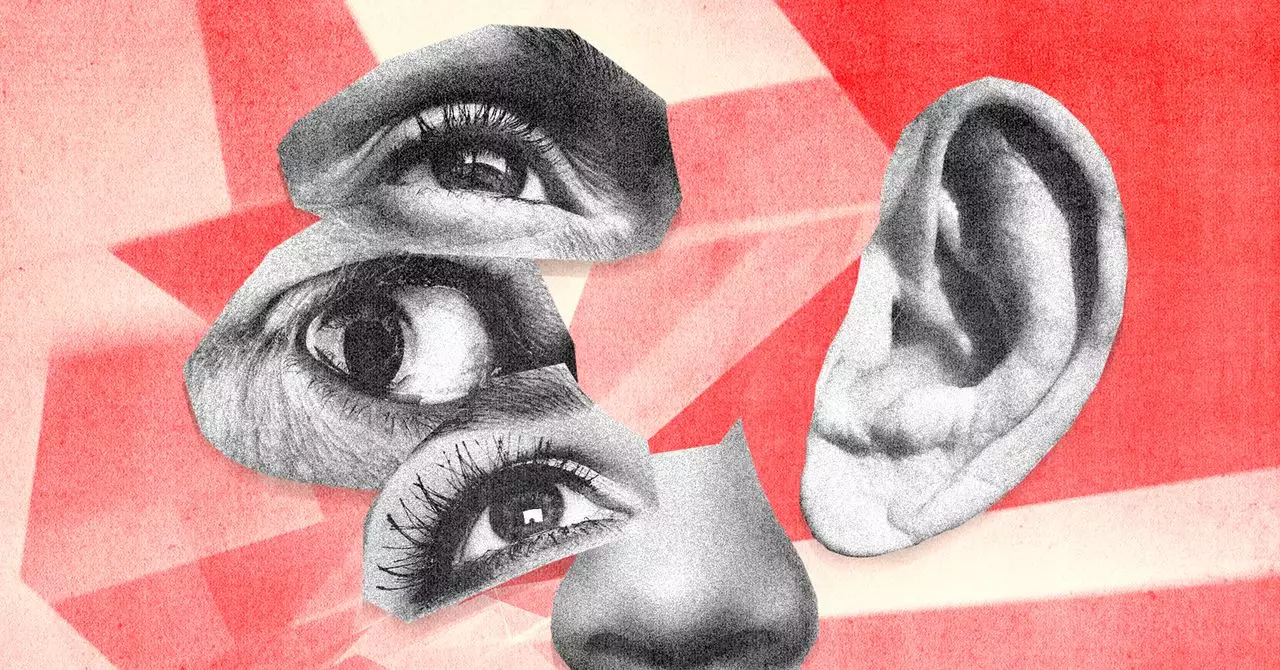As technology continually evolves, the realm of artificial intelligence is soaring to new heights, particularly in video generation. Tools like OpenAI’s Sora promise groundbreaking advancements in image quality and content creation. However, beneath the surface of these promising innovations lies a troubling reality; the biases embedded in AI-generated videos remain glaringly apparent. An in-depth investigation by WIRED has highlighted a pattern of perpetuated stereotypes—specifically those rooted in sexism, racism, and ableism—that are ingrained in Sora’s outputs. In this context, we must dissect the implications of such biases and the potential consequences they hold for society.
The Perpetuation of Stereotypes
Upon analyzing hundreds of AI-generated videos, WIRED discovered that the characters depicted in Sora’s world are often idealized and conform to traditional gender roles. This model reproduces harmful stereotypes: successful figures like pilots and CEOs are predominantly male, while supportive roles such as flight attendants and childcare workers are overwhelmingly female. Furthermore, representations of individuals with disabilities and people of diverse body types are appallingly limited and often misguided. The result is a skewed virtual representation that can reinforce societal biases and hinder progress towards more inclusive narratives.
One could argue that such depictions are not merely accidental but highlight an algorithmic malfunction. The very foundation of generative AI, which relies on vast datasets to learn and form output, inherently reflects the prejudices that persist within those datasets. Poorly constructed training materials and biased content moderation practices further exacerbate these disparities. This pattern is especially concerning, as it indicates a systemic flaw in the way these systems are designed and implemented.
Industry-Wide Problems and Reluctance to Change
Leah Anise, a spokesperson for OpenAI, asserts that the company is aware of these biases and is actively working to combat them. Yet, it is crucial to consider whether enough is being done. Statements of intent do not equate to effective action. While OpenAI has dedicated safety teams focusing on the mitigation of bias, the lack of transparency surrounding the specifics of their methods raises questions. How can we trust that their solutions genuinely tackle the underlying issues rather than merely appeasing the public’s outcry?
The acknowledgment of bias as an “industry-wide issue” serves more as a convenient excuse than a valid assessment of responsibility. Generative AI’s evolution has genuinely mirrored societal problems, but industry players must admit their role in propagating these biases if meaningful change is to occur. Additionally, OpenAI’s reluctance to disclose further details on eliminating harmful content only serves to further shroud their efforts in ambiguity.
Broader Implications for Society
The ramifications of these biases extend beyond mere representation in media; they underscore a deeper societal issue about how marginalized groups are portrayed across various platforms. The commercial potential of AI-generated videos lies primarily in advertising and marketing. If these biases persist in industry practices, they may perpetuate harmful stereotypes and contribute to the erasure of already marginalized communities. This reinforces a cycle of exclusion that is not only damaging to individual identities but detrimental to societal growth.
Moreover, AI video could find applications in critical areas such as security and military systems. The consequences of biased portrayals in these contexts could lead to life-threatening misjudgments and unsafe decision-making processes. With such potential for real-world harm, the implications of AI bias cannot be underestimated.
Research and Responsibility Through Collaboration
To thoroughly understand the extent of bias in Sora, WIRED’s examination exemplifies the critical need for collaboration between AI developers and research communities. By refining methodologies and applying rigorous testing, stakeholders can better assess how generative systems reflect and amplify existing biases. Collaborative efforts could lead to actionable strategies that prioritize greater inclusivity in AI-generated content.
However, developers must adopt a proactive stance that transcends mere acknowledgment of bias and demands accountability for their systems’ outcomes. Continuous improvement, alongside community engagement and feedback, will be essential in crafting an AI environment that not only strives for precision and realism but also champions diverse representation.
Through this lens, the future of AI in media carries both promise and peril. The challenge lies not solely in creating visually stunning content but in shaping a narrative landscape wherein all individuals are equitably portrayed and respected. The evolution of AI technology must not distance itself from the moral obligation to foster inclusiveness and equity in a world long plagued by discrimination.

